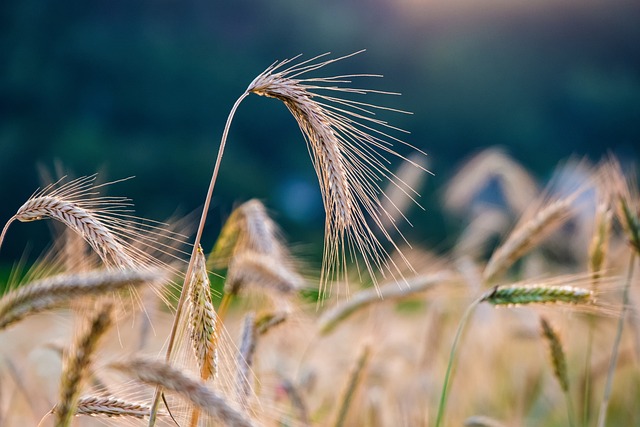As we continue to grapple with the impacts of climate change, the urgency to find sustainable agricultural practices intensifies. One such method gaining traction is the use of cover crops, an agricultural practice that presents numerous environmental benefits while directly addressing the pressing challenges posed by climate change.
Cover crops are plants, such as legumes, grains, or brassicas, sown between regular crop cycles. Their primary purposes extend beyond merely providing ground cover. These plants contribute significantly to soil health, prevent erosion, and reduce the need for chemical fertilizers and pesticides, creating a more sustainable ecosystem.
Enhancing Soil Health
One of the most remarkable benefits of cover crops is their ability to enhance soil health. By planting these crops, farmers can improve soil structure, increase organic matter, and enhance nutrient availability. This results in healthier, more fertile land, capable of supporting resilient crops in a changing climate. Healthy soil acts like a sponge, better absorbing rainfall and reducing runoff, which not only conserves water but also minimizes nutrient leaching into waterways. This is especially crucial as erratic weather patterns become more frequent due to climate change.
Carbon Sequestration
Another critical aspect of cover crops is their role in carbon sequestration. These plants absorb carbon dioxide from the atmosphere and store it in the soil, which can help mitigate greenhouse gas emissions. By implementing cover cropping practices, farmers can significantly reduce their carbon footprints, all while promoting a more sustainable farming model. This process is vital as we look for innovative ways to combat climate change.
Reducing Erosion
Soil erosion is a major issue exacerbated by climate change, leading to the loss of fertile topsoil and decreased agricultural productivity. Cover crops help hold the soil in place, preventing erosion caused by wind and water. This is especially important during storm events, as the roots of these crops bind the soil together, creating a resilient barrier against the forces of nature. By protecting our soils, we have a better chance of maintaining food security in an unpredictable climate.
Weed Suppression and Pest Control
Utilizing cover crops also aids in natural weed suppression and pest control. Dense foliage can hinder weed growth, reducing the need for chemical herbicides. Additionally, certain cover crops can attract beneficial insects and pollinators, fostering a balanced ecosystem. This approach not only diminishes reliance on harmful chemicals but also encourages biodiversity, which is essential for a healthy environment.
A Shift in Agricultural Mindset
As we face the urgent realities of climate change, adopting practices like cover crops represents a significant shift in our agricultural mindset. Farmers, policymakers, and consumers must recognize the interconnectedness of our actions and the environment. By embracing sustainable practices that enhance soil health, reduce emissions, and promote biodiversity, we empower ourselves to create a better future for our planet.
In summary, the integration of cover crops into farming systems offers a promising solution to many environmental challenges, paving the way towards sustainable agriculture and a healthier planet. It is a small yet impactful step in the fight against climate change, demonstrating that change begins at the grassroots level—one seed at a time.



